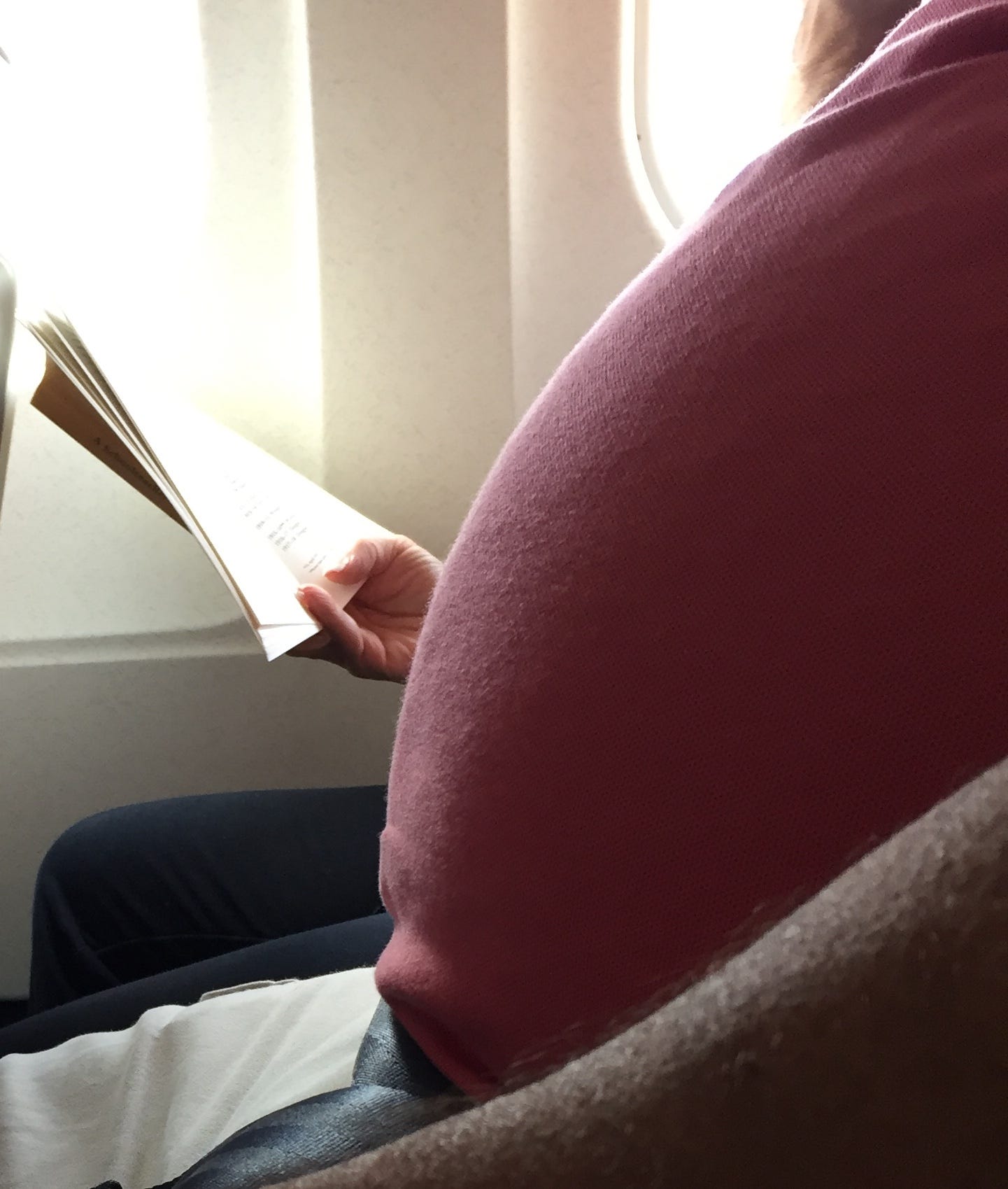Much of the content of this entry was abstracted from Roni Caryn Rabin’s excellent NY Times article published on September 8, 2024, entitled: Best Measure of Health? Body Roundness Index Finds Support Over B.M.I.
For many years, BMI (body mass index) has been used as a metric of one’s health and risk for chronic illnesses. This index was developed almost 2 centuries ago based upon data derived mostly from Caucasian men. Over the years, many shortcomings of this index have emerged. One weakness is that it fails to factor in the variables of age, gender, and racial ethnicity. A key deficiency of BMI is that it cannot distinguish muscle mass from body fat and as such, often overestimates risk for muscular athletes while underestimating risk for elderly persons who have their muscle mass largely replaced by fatty tissue. Studies have shown that nearly half of individuals deemed overweight (BMI 25-29.9) and nearly one-third deemed to be obese (BMI > 30) are actually in good metabolic health, while almost one-third deemed to have a healthy weight (BMI 18.5-24.9) are actually in poor metabolic health.
The mathematical formula for BMI is:
Weight (lbs.)/{Height (inches)}2 x 703. BMI is based upon weight and height.
Underweight: BMI < 18.5
Healthy weight: BMI 18.5 - 24.9
Overweight: BMI is between 25 - 29.9
Obese: BMI is between 30 - 39.9
Severely obese: BMI is > 40
Calculate your BMI: BMI Calculator
A better index of health with fewer shortcomings than BMI is BRI (body roundness index), a measure of body roundness (spherical shape in three dimensions). BRI was created in 2013 by a mathematician, Diana Thomas, a professor at West Point. This index is based upon the premise that the leaner an individual, the less their body appears spherical in shape. The rounder the body, the more visceral fat that is generally present. Visceral fat is the deep, internal fat that surrounds organs including the heart, liver, kidneys, etc., as opposed to subcutaneous fat, which is responsible for “love handles” and that padding around the waist. Visceral fat is the unhealthier fat, correlated with insulin resistance, glucose intolerance, diabetes, cardiovascular disease, and cancer. BRI provides a better estimate of visceral fat than BMI and thus permits a better risk assessment for these serious, life-threatening chronic diseases.
The mathematical formula for BRI is:
364.2 - 365.5 × √(1 - [waist circumference in centimeters / 2π]2 / [0.5 × height in centimeters]2). BRI is based upon height and waist circumference.
Calculate your BRI: BRI calculator
BRI scores range from 1-15. A recent JAMA paper showed that those individuals with a BRI > 6.9 were at the highest risk of dying from diabetes, cardiac disease, cancer, etc. Interestingly, the least round population, with scores < 3.4, had an increased mortality as well, likely reflecting malnutrition, muscle atrophy, or physical inactivity.
Bottom Line: BMI has many shortcomings and this new index, the body roundness index (BRI), strives to assess the extent of roundness of our shape, which is largely predicated on visceral fat accumulation, which correlates with the many chronic diseases that cause morbidity and mortality.
Wishing you the best of health,
Andrew Siegel MD





A very informative article that personally made me feel better about my self.